For a while now, the housing market in many parts of the U.S. has felt like a runaway train. Prices skyrocketed during the pandemic, bidding wars became the norm, and investors snapped up properties at breakneck speed. But according to some experts, that red-hot streak may be cooling in certain markets. While it might not be a crash, these are the places where the real estate bubble could finally be on the brink of bursting.
1. Boise, Idaho
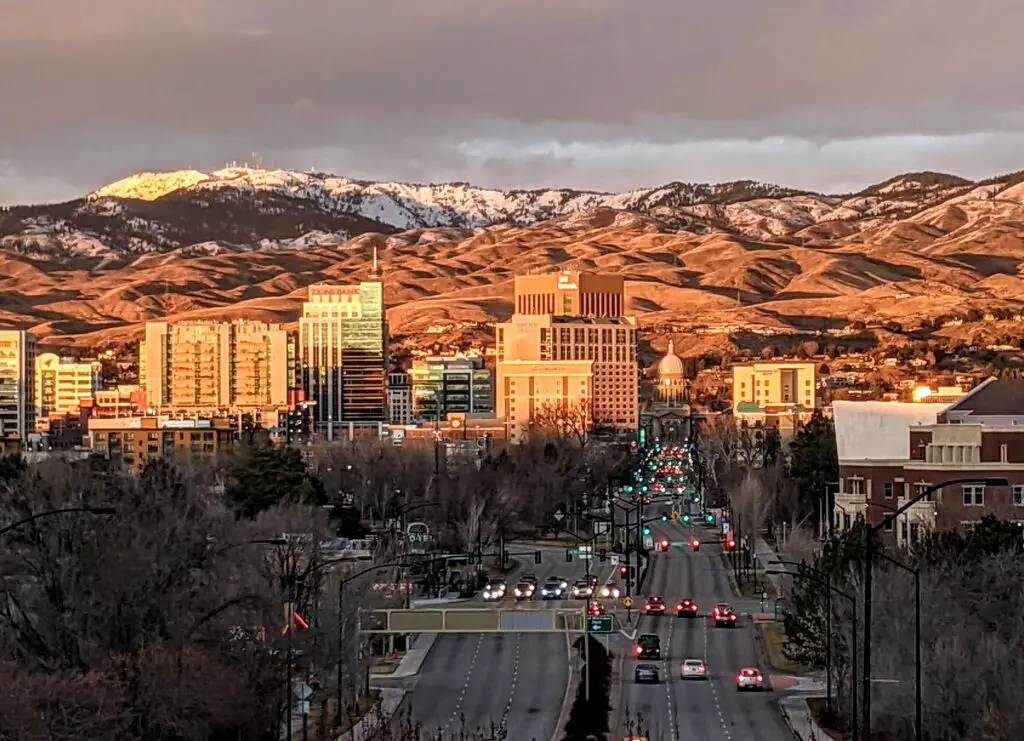
According to Forbes, Boise has been on bubble watch for years now, thanks to skyrocketing home values that far outpaced local wages. During the pandemic, remote workers flooded into the city, driving up demand and pushing prices to unsustainable levels. But now, with higher interest rates and a return to in-office work in some industries, that frenzy is slowing. Homes are sitting longer on the market, and some sellers are starting to slash prices.
Agents in the area are also reporting more cautious buyers and fewer bidding wars. Inventory has grown slightly, giving buyers more room to negotiate. That’s a big shift from just two years ago, when homes were going under contract in a matter of days. Boise isn’t in full-on bust mode yet, but the foundation is definitely shifting.
2. Austin, Texas
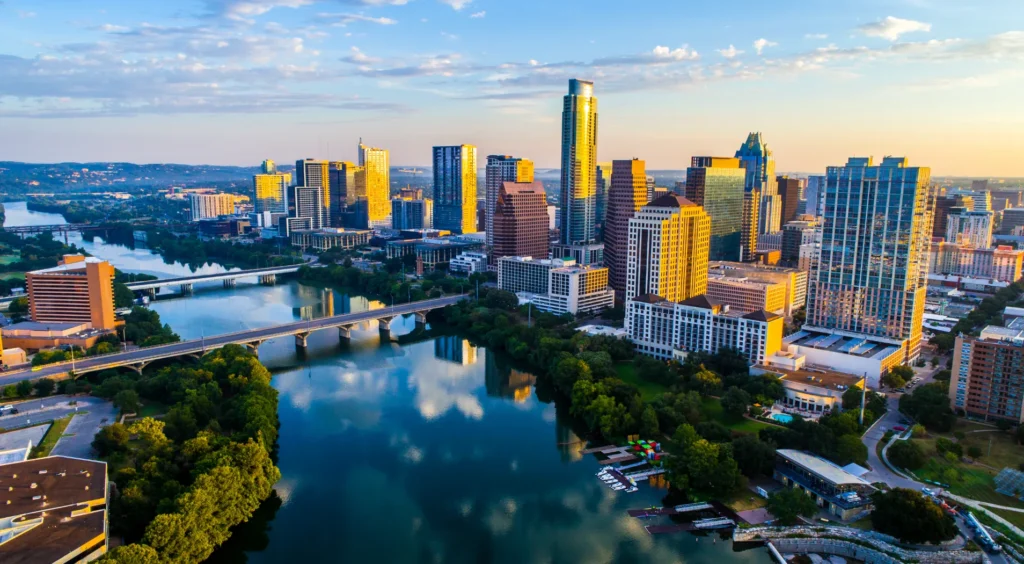
As noted by Zillow, Austin was one of the fastest-growing real estate markets in the country between 2020 and 2022. Tech money flowed in, demand exploded, and median home prices shot up nearly 70% in just a few years. But lately, those gains have slowed, and some of them are starting to reverse. With tech layoffs and a cooling job market, real estate agents say the city’s appeal is dimming for some buyers.
Homes that would have sold instantly are now lingering on the market. Price cuts are becoming more common, especially for properties that were overpriced to begin with. While the long-term outlook for Austin is still strong, short-term corrections seem likely. Agents warn that buyers expecting pandemic-era profits might be in for a wake-up call.
3. Phoenix, Arizona
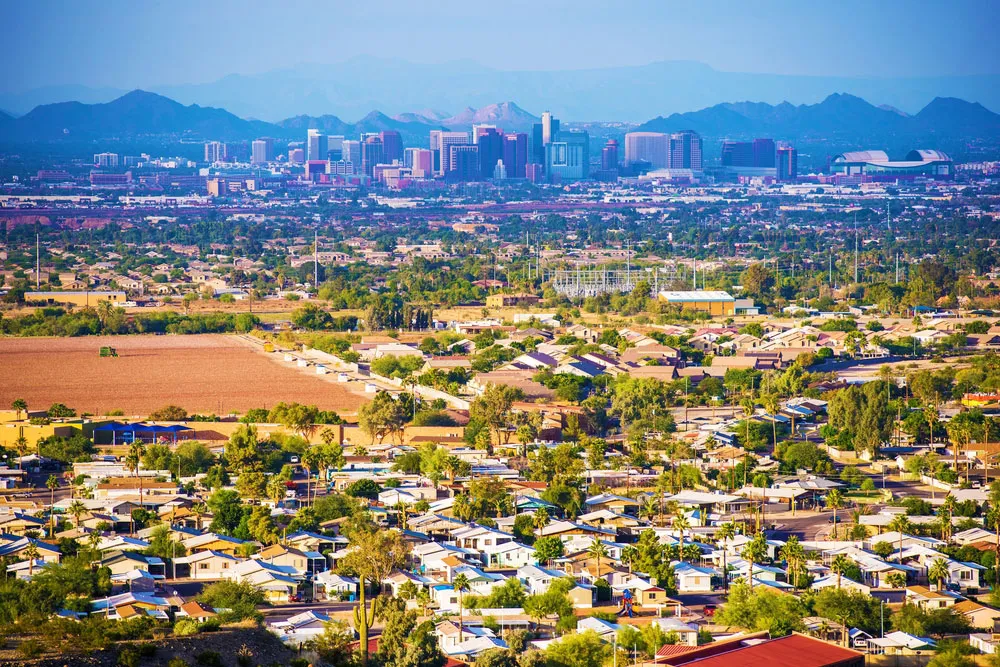
According to Redfin, Phoenix has seen one of the sharpest drops in buyer demand since mortgage rates began to climb. The city was a top destination for remote workers and retirees, and investors flocked to buy up single-family homes. But now, with affordability issues rising, that demand is cooling. Agents report that open houses aren’t nearly as packed as they used to be.
Price growth has slowed significantly, and homes are beginning to sell below asking. Some neighborhoods are seeing inventory stack up faster than it can be cleared. While the market isn’t crashing, it’s definitely correcting. Phoenix may no longer be the investor’s paradise it was just a few years ago.
4. Tampa, Florida
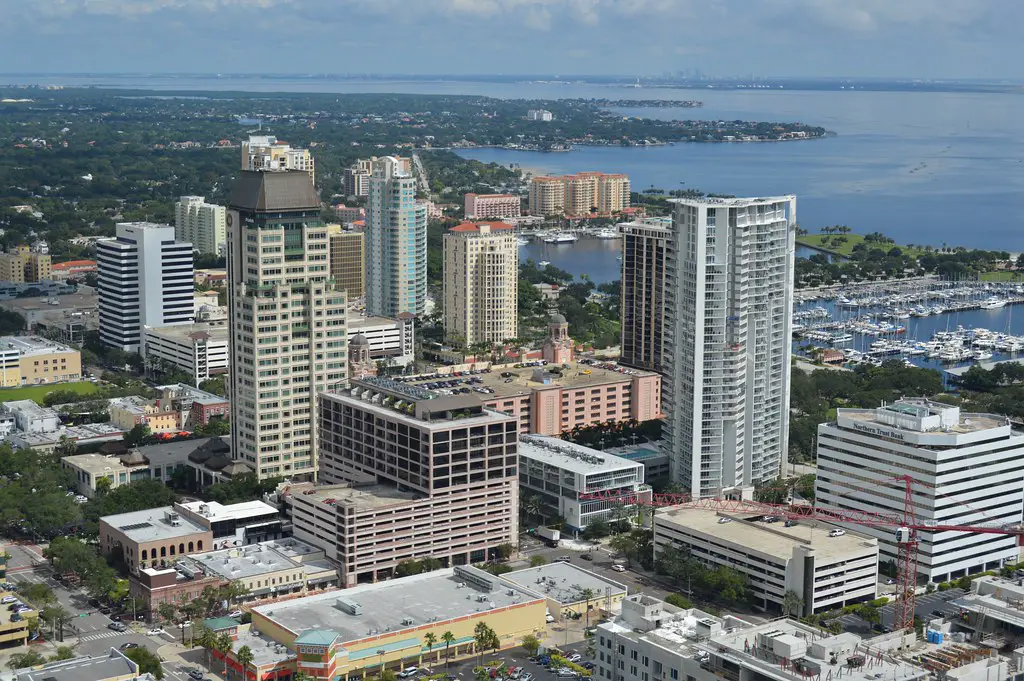
As Wolf Street pointed out earlier this year, Tampa is one of several Florida metros showing early signs of a bubble deflating. The city experienced explosive price growth during the pandemic, driven in part by out-of-state buyers fleeing high-tax states. But with insurance costs soaring and climate concerns growing, some buyers are backing off. Real estate agents say demand is still decent—but it’s not what it was.
Price reductions are becoming more frequent, and some sellers are even offering incentives to close deals. Compared to the red-hot pace of 2021, Tampa’s housing market feels downright chill. It’s not crashing, but it may be drifting toward a long-overdue plateau. And that has investors and homeowners watching closely.
5. Sacramento, California
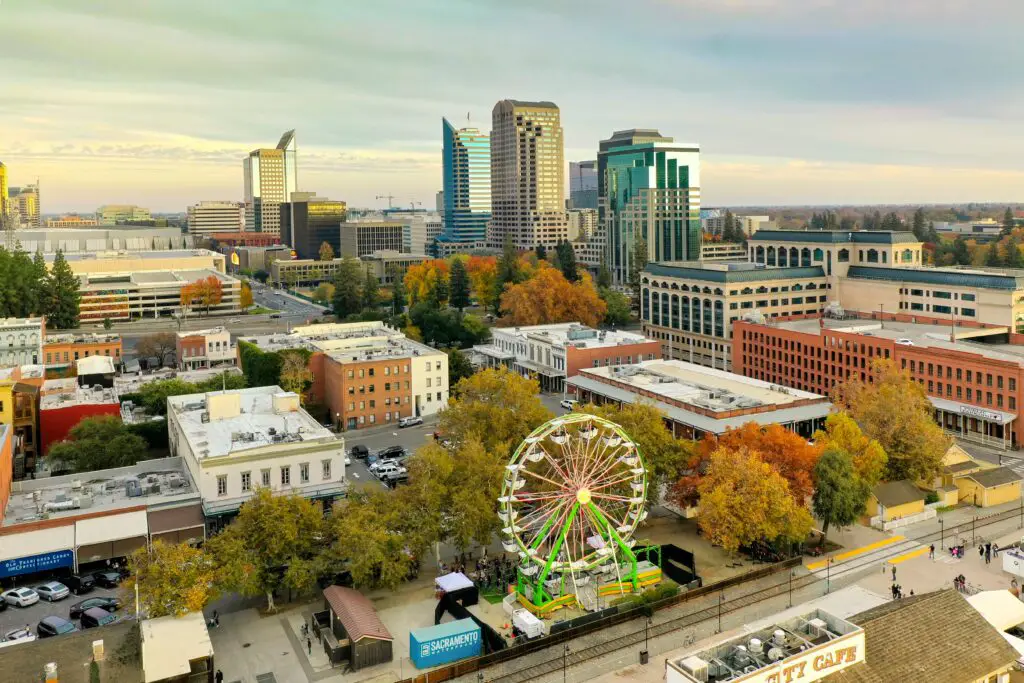
Sacramento became a hotspot for Bay Area transplants looking for more space during lockdowns. But now, that wave has slowed, and many buyers are being priced out entirely. Real estate agents report that home values have started dipping, and bidding wars are a lot less common. With interest rates making monthly payments harder to swallow, Sacramento’s market has lost some of its shine.
The region also faces rising insurance and utility costs, which add to the overall expense of owning a home there. As a result, demand is more concentrated on lower-priced properties. That means mid- to high-end homes are sitting longer. In short, Sacramento may be transitioning from boomtown to cooldown.
6. Salt Lake City, Utah
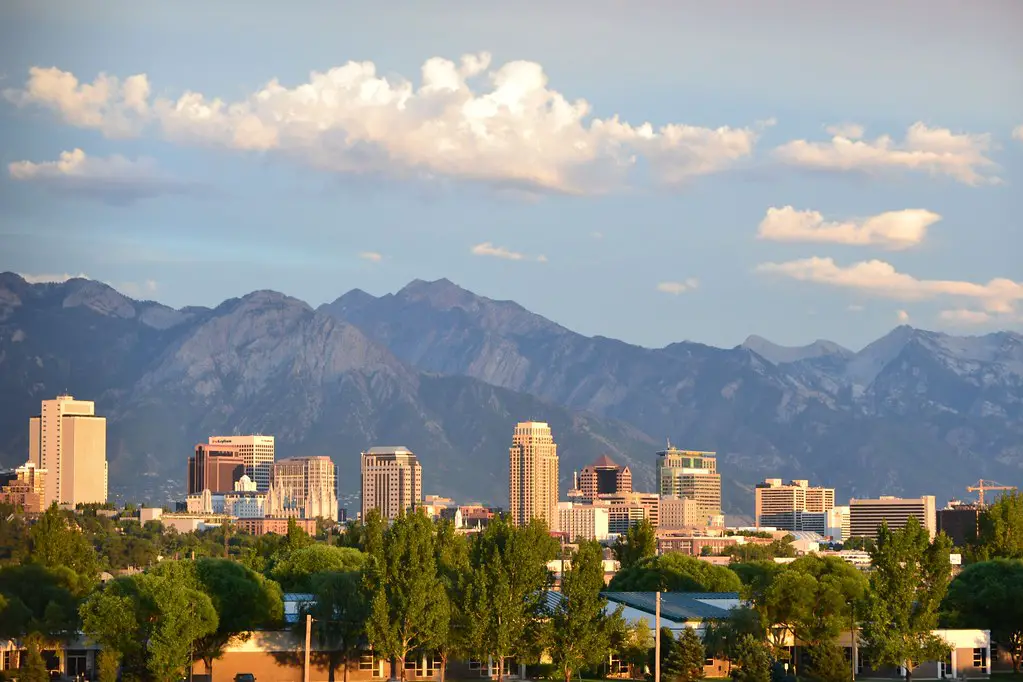
Salt Lake City saw massive real estate gains over the past five years, especially during the pandemic. But like many mid-sized cities that experienced sudden population growth, it’s now facing a pullback. Real estate agents say that affordability is becoming a major issue, even for dual-income families. With more listings than buyers, some neighborhoods are seeing price declines.
Investors who jumped in during the peak are finding it harder to get their asking price. Local wages haven’t kept up with the cost of housing, making it hard to sustain the boom. The market is still active, but it’s showing definite signs of fatigue. Agents are urging sellers to adjust expectations.
7. Denver, Colorado
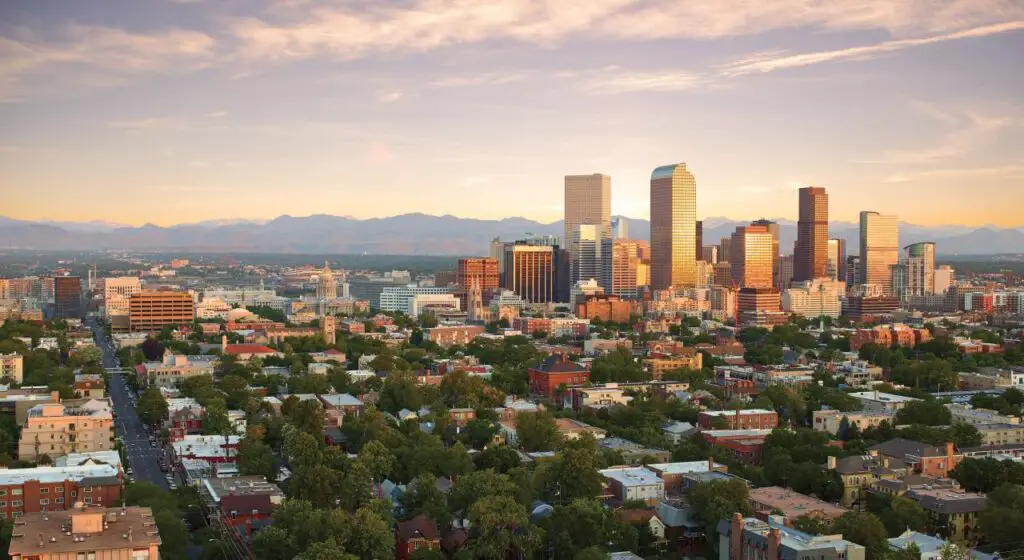
Denver has always been a desirable place to live, but its real estate market may be running out of steam. Prices have climbed steadily for years, but recent months have brought more cautious buyers and fewer offers. Real estate pros note that luxury listings, in particular, are starting to stagnate. With mortgage rates hovering around 7%, that’s not entirely surprising.
There’s also been a shift in who’s moving to Denver. Fewer corporate relocations and a softening tech job market are affecting demand. Agents say the market isn’t falling apart—but it is normalizing. And for those who bought at the peak, that could feel like a bubble popping.
8. Raleigh, North Carolina

Raleigh was a pandemic-era darling, with tons of out-of-state interest and booming new developments. But now, demand is leveling off, especially among first-time buyers. With higher interest rates and rising construction costs, many buyers are holding off. Real estate agents are seeing homes take longer to sell, particularly in the higher price brackets.
The market is still healthy, just not overheated. That means fewer offers over asking and more negotiations. Some sellers are adjusting prices downward to stay competitive. While it’s not bursting dramatically, the air is definitely leaking out of the balloon.
9. Nashville, Tennessee

Nashville saw home prices skyrocket during the pandemic, thanks to a surge in investor interest and out-of-state buyers. But with affordability now a major concern, local agents say the frenzy is cooling. Price reductions are up, and inventory is beginning to build. Buyers aren’t rushing into deals like they were a year or two ago.
The short-term rental market is also showing signs of saturation, which has affected investor demand. As regulations tighten, some Airbnb properties are being sold off. All of this adds pressure to the broader housing market. Nashville might not crash—but it is softening.
10. Las Vegas, Nevada
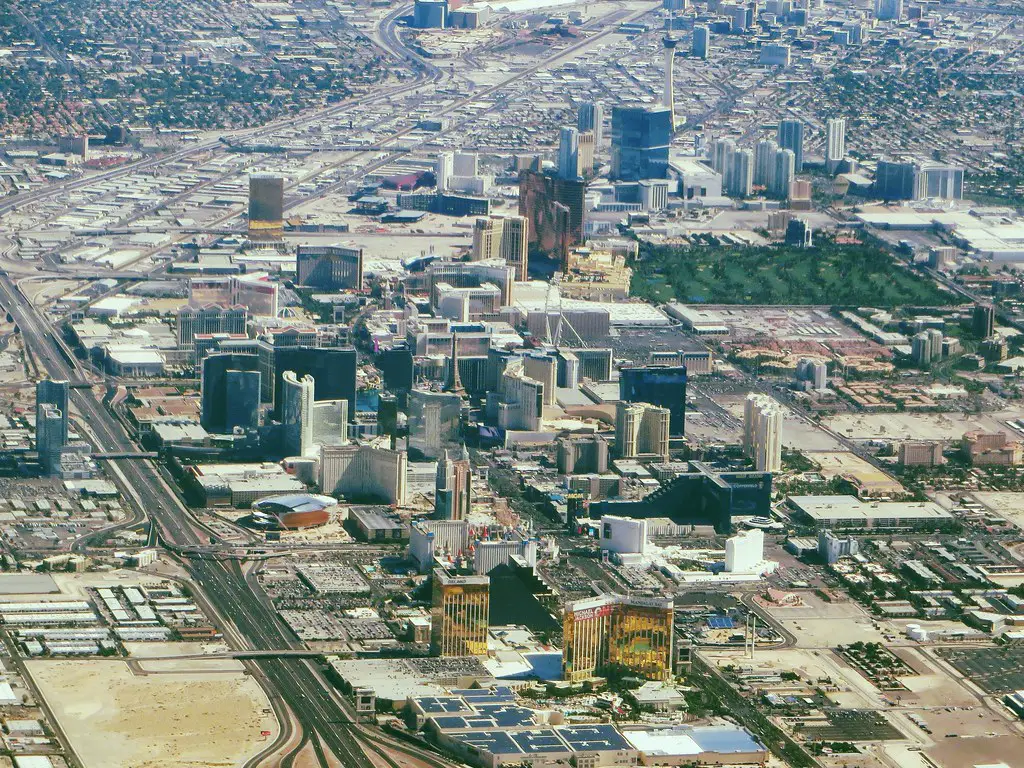
Las Vegas has always been a boom-and-bust city when it comes to real estate. After a big run-up in prices, the city is now seeing some of the sharpest slowdowns in the country. According to local agents, inventory is growing and buyers are more cautious. Many are waiting to see if prices fall further.
Higher interest rates have priced some folks out entirely. Others are concerned about the long-term stability of the local economy. The result? A market that’s wobbling after years of wild gains.
11. Seattle, Washington
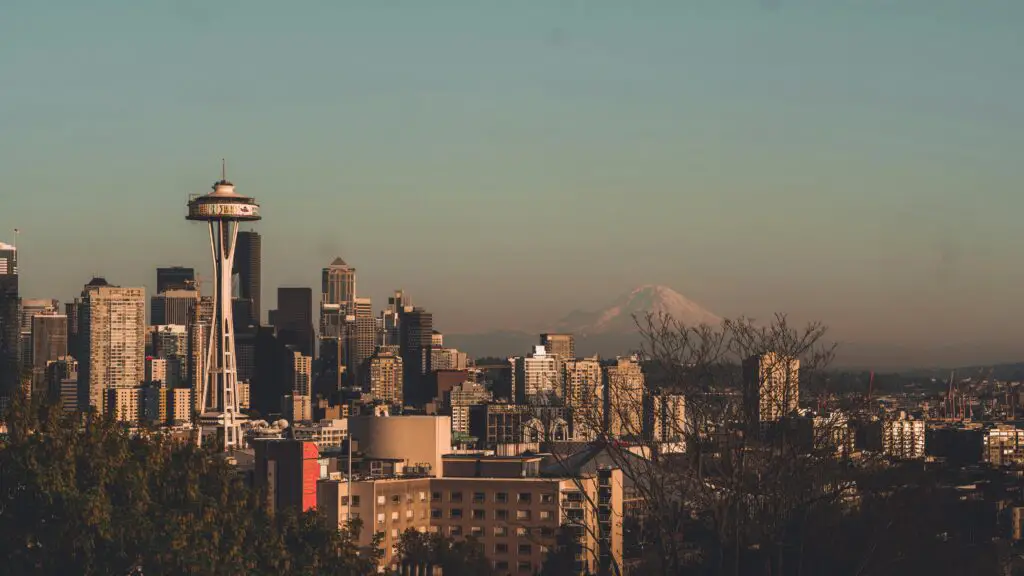
Seattle’s high home prices and steep property taxes are starting to wear on buyers. With tech layoffs and growing economic uncertainty, some locals are tapping the brakes. Real estate agents say that while the city still draws interest, the pace of offers has slowed dramatically. Many homes are going through multiple price reductions before selling.
There’s also more attention on the suburbs, where prices are slightly more manageable. That shift is creating some softness in Seattle’s core neighborhoods. Investors who banked on appreciation are now facing flat or declining values. The bubble isn’t bursting overnight, but it is deflating.
12. Atlanta, Georgia
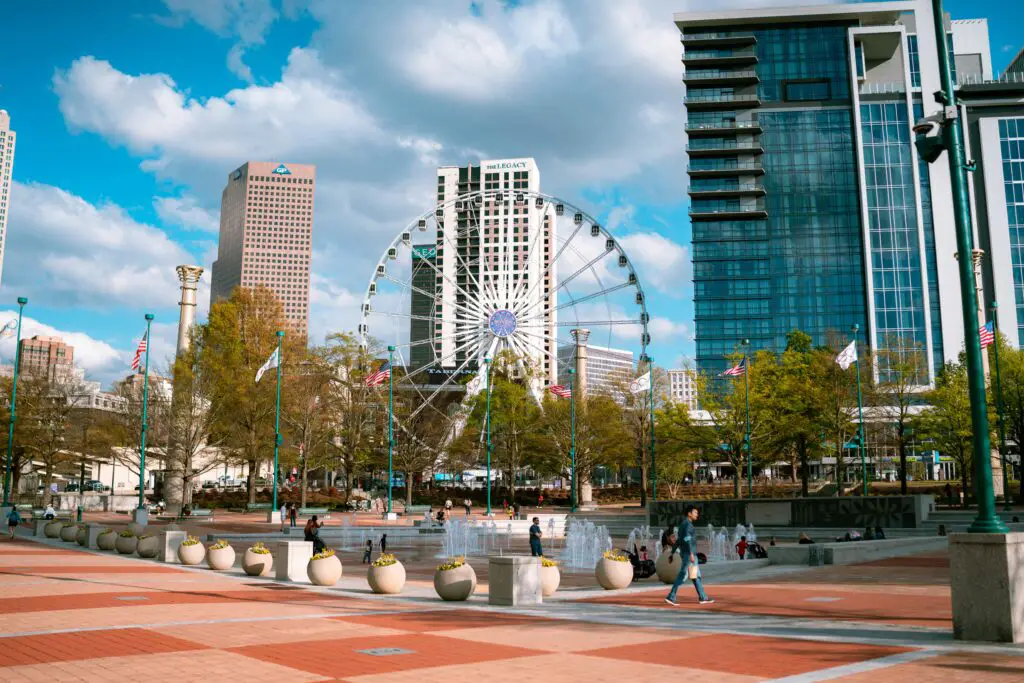
Atlanta saw a real estate boom fueled by population growth, job creation, and out-of-town buyers. But now, that growth is starting to slow. Agents are seeing fewer out-of-state clients and more locals who are priced out or waiting for rates to drop. Price reductions and longer listing times are becoming common.
The city still has a strong rental market, which helps cushion the impact. But for homeowners looking to sell quickly at top dollar, it’s getting harder. Some properties are lingering, especially in the higher price ranges. Atlanta’s real estate rocket may finally be gliding back to earth.
13. Minneapolis, Minnesota

Minneapolis doesn’t make headlines like coastal cities do, but it’s quietly experiencing its own market correction. Higher property taxes, growing insurance costs, and rising crime rates have made some buyers cautious. Agents say that suburban homes are moving faster than city properties. In the urban core, it’s become harder to command top dollar.
Price cuts are happening more frequently than before. Some homes are taking months to sell, even with desirable features. While the market remains relatively balanced, the days of lightning-fast sales are gone. The bubble may not burst loudly here—but it’s definitely leaking air.
